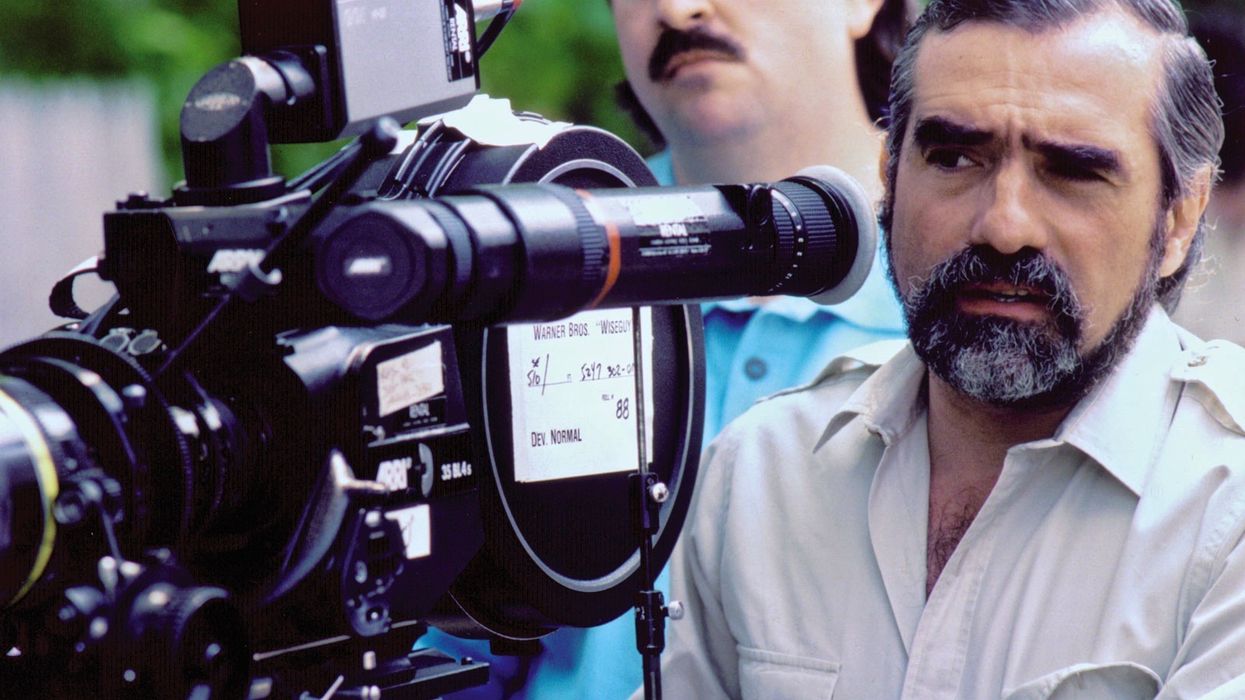Of course, the answer is a lot -- though not as drastically as one might think. Certainly the student films he made while attending NYU (you can watch them here) are a little more rough around the edges than his polished Hollywood fare, but you can always spot those classic Scorsese trademarks, like slow motion shots, close-ups of eyes, and his depictions of women, in all of his work.
But this is something quite interesting. A video essay by Milad Tangshir puts Scorsese's student film It's Not Just You, Murray! (1964) next to The Wolf of Wall Street in a side-by-side comparison/mashup in order to reveal just how similar the two films, made 50 years apart, actually are. And I'm not just talking about his common tropes, either. Take a look below.
The cool thing about this video is that it not only shows us Scorsese's cinematic sensibilities at the beginning of his career and at the end (or at least the present day -- please don't let it be the end), but it also compares two films that wouldn't usually be put under the microscope together -- most film analyses that study his "early work" consider those films to be Mean Streets, Raging Bull, Taxi Driver, maybe Boxcar Bertha, though he made a number of short films that deserve attention, too. And what do we find when we look at these two films side by side? They happen to essentially be the same exact movie! It's an incredible juxtaposition.
Okay, not the same exact movie. In It's Not Just You, Murray!, Murray is an aging mobster who is looking back on his time as a bootlegger, and The Wolf of Wall Street is about the downfall of a rich playboy stockbroker. But the opening scenes mirror each other, from the cinematography to the two title characters, Murray and Jordan, naming each expensive item they own with the same verbiage. (And, of course, there was a Scorsese blonde in there as well.)
In film, you can't get away with not evolving as an artist. You have to constantly push yourself to grow and learn with the changing times. However, this video essay can remind us that though we may not make films the same way at the end of our careers as we did in the beginning, nothing can change our artistic DNA. Pieces of us exist in all of our work regardless of how good, bad, old, or new it is.
Remember that the next time you feel unoriginal or fearful of change.
Source: Milad Tangshir












